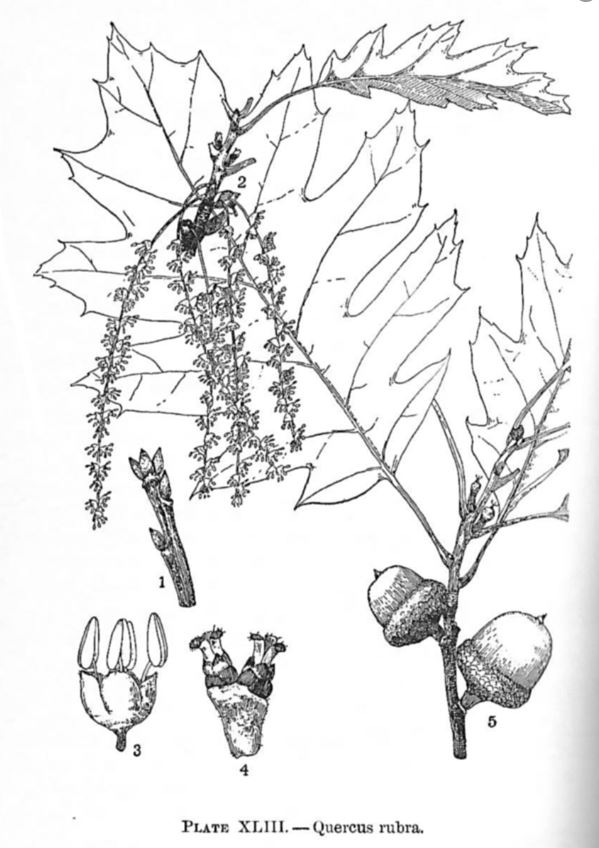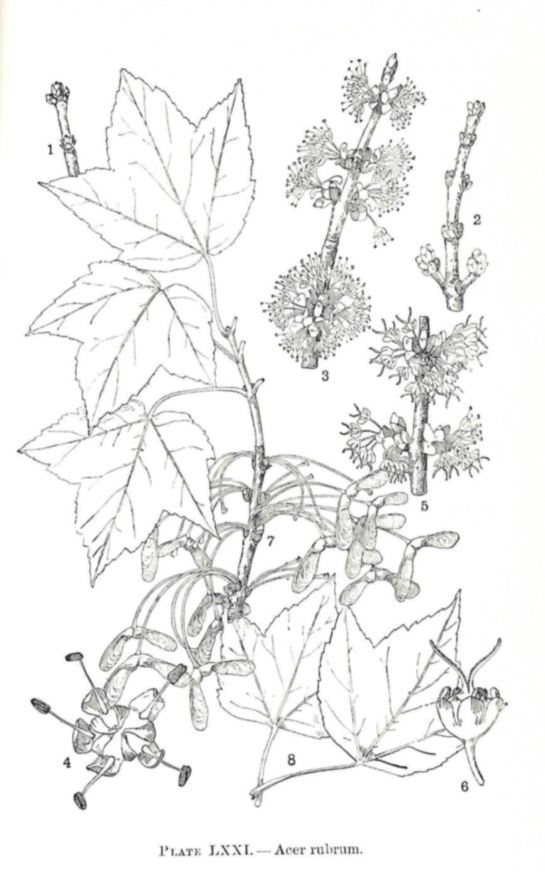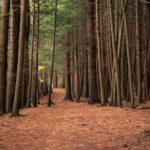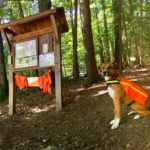We are working with the landowners and the Town’s Trails Committee to focus use and maintenance on the best connections and close some lesser-used, duplicate trails. Volunteer-led trail work made great strides in Fall, 2021 and will resume in Spring, 2022. We’ve updated our map to show new routes and those no longer open on the central and southern part of the mountain. We hope this helps while you’re out on the trails this winter!
Download the Winter 2022 interim trail map here
Please note that these trails are maintained by volunteers. While some trails traverse lands managed by the Hanover Conservation Commission or protected by the Hanover Conservancy, many paths cross privately-owned lands that are not conserved. Please do your part to keep these trails open by respecting these generous landowners and treating their property as you would your own.







 Pine Park is Hanover’s first natural area permanently preserved as a park and today functions as the town’s “central park” for the enjoyment of walkers, joggers, skiers and many others. The park is owned by the Pine Park Association, a voluntary nonprofit that dates back to 1900, when a group of 17 local residents sought to prevent the Diamond Match Company from harvesting trees along the riverbank just north of the Ledyard Bridge.
Pine Park is Hanover’s first natural area permanently preserved as a park and today functions as the town’s “central park” for the enjoyment of walkers, joggers, skiers and many others. The park is owned by the Pine Park Association, a voluntary nonprofit that dates back to 1900, when a group of 17 local residents sought to prevent the Diamond Match Company from harvesting trees along the riverbank just north of the Ledyard Bridge.
